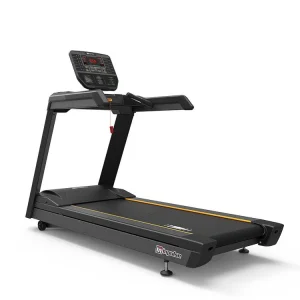Caminadoras y Trotadoras
Una rutina aeróbica con caminadora o trotadora sirve para aumentar la capacidad respiratoria, cardiovascular, y sobre todo para perder peso.
Showing all 24 results

20%
Banda Trotadora METS – Sport Fitness 72010
Original price was: $5.313.966.$4.251.172Current price is: $4.251.172. IVA Comprar Ahora
20%
Banda Trotadora REIMS – Sport Fitness 72029
Original price was: $5.026.000.$4.020.800Current price is: $4.020.800. IVA Comprar Ahora
20%
Banda Trotadora Montpellier – Sport Fitness 72030
Original price was: $6.719.397.$5.375.517Current price is: $5.375.517. IVA Comprar Ahora
20%
BANDA TROTADORA MARSELLA – 72028
Original price was: $3.485.879.$2.788.703Current price is: $2.788.703. IVA Comprar Ahora
20%
Banda Caminadora ARLES – Sport Fitness 72035
Original price was: $3.294.043.$2.635.234Current price is: $2.635.234. IVA Comprar Ahora
20%
Banda Trotadora Brest – Sport Fitness 72038
Original price was: $5.048.267.$4.038.613Current price is: $4.038.613. IVA Comprar Ahora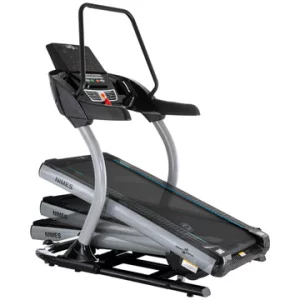
20%
Banda Caminadora Nimes K455A-A – Sport Fitness 72044
Original price was: $13.641.914.$10.913.531Current price is: $10.913.531. IVA Comprar Ahora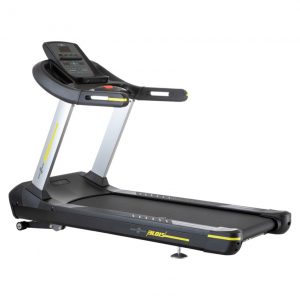
20%
BANDA TROTADORA BLOIS – 72039
Original price was: $14.054.310.$11.243.448Current price is: $11.243.448. IVA Comprar Ahora
20%
Trotadora Burdeos – SPORT FITNESS 72259
Original price was: $12.308.000.$9.846.400Current price is: $9.846.400. IVA Comprar Ahora
20%
Banda Caminadora Toulouse 2.0 – Sport Fitness 72251
Original price was: $7.078.448.$5.662.758Current price is: $5.662.758. IVA Comprar Ahora
20%
Banda Caminadora Angers 2.0 – Sport Fitness 72253
Original price was: $6.009.500.$4.807.600Current price is: $4.807.600. IVA Comprar Ahora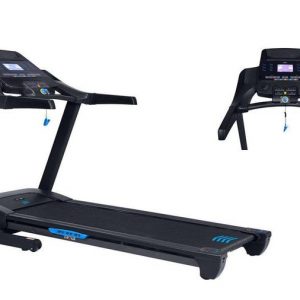
20%
Banda Caminadora Alpes 2.0 – Sport Fitness 72254
Original price was: $5.108.793.$4.087.034Current price is: $4.087.034. IVA Comprar Ahora
15%
Caminadora X1i Residencial – MOVIFIT 0202094
Original price was: $4.480.700.$3.808.595Current price is: $3.808.595. IVA Comprar Ahora
20%
Caminadora Eléctrica Crono 3 (110V) – K6 66125
Original price was: $3.360.000.$2.688.000Current price is: $2.688.000. IVA Comprar Ahora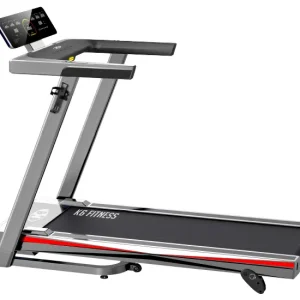
20%
Caminadora Eléctrica Crono V4 – K6 66525
Original price was: $3.588.000.$2.870.400Current price is: $2.870.400. IVA Comprar Ahora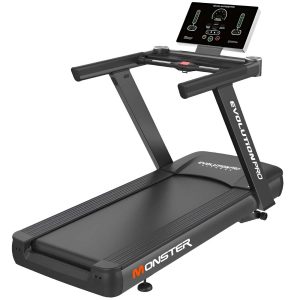
20%
Trotadora Evo Monster – Evo TR04 0169
Original price was: $12.071.000.$9.656.800Current price is: $9.656.800. IVA Comprar Ahora
15%
Trotadora Profesional X9I – MOVIFIT 0202074
Original price was: $20.102.950.$17.087.507Current price is: $17.087.507. IVA Comprar Ahora
25%
Trotadora Monaco V2 – Sport Fitness 072054
Original price was: $12.289.828.$9.217.371Current price is: $9.217.371. IVA Comprar Ahora
20%
Trotadora EVO 260T – Evolution TR02 0124
Original price was: $4.950.000.$3.960.000Current price is: $3.960.000. IVA Comprar Ahora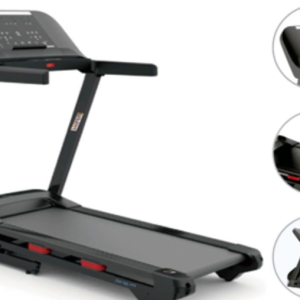
20%
Trotadora HT4 Black Edition – 202123
Original price was: $5.612.500.$4.490.000Current price is: $4.490.000. IVA Comprar Ahora
20%
Caminadora XTERRA TR 180 – 202079
Original price was: $3.750.000.$3.000.000Current price is: $3.000.000. IVA Comprar Ahora
20%
Trotadora con Pantalla e Inclinación eléctrica K6 – 66571
Original price was: $16.200.000.$12.960.000Current price is: $12.960.000. IVA Comprar Ahora¿Qué precio tienen las caminadoras trotadoras?
Los precios varían según la marca y las características que posee cada caminadora trotadora. Consulta en nuestra tienda virtual y conoce con más detalle las máquinas que tenemos disponibles y sus precios.
¿Hacen domicilios de caminadoras trotadoras?
Sí, por supuesto. En Tienda Sport Fitness te ofrecemos domicilios con cualquier compra que realices. Haz tu compra con nosotros con toda la confianza que te brindamos.
¿Cuentan con garantía las caminadoras trotadoras?
Sí, todos nuestros artículos cuentan con garantía siempre y cuando el problema que presente sea de fábrica. Contáctenos vía online y aclaramos todas las dudas que tenga antes de comprar.

